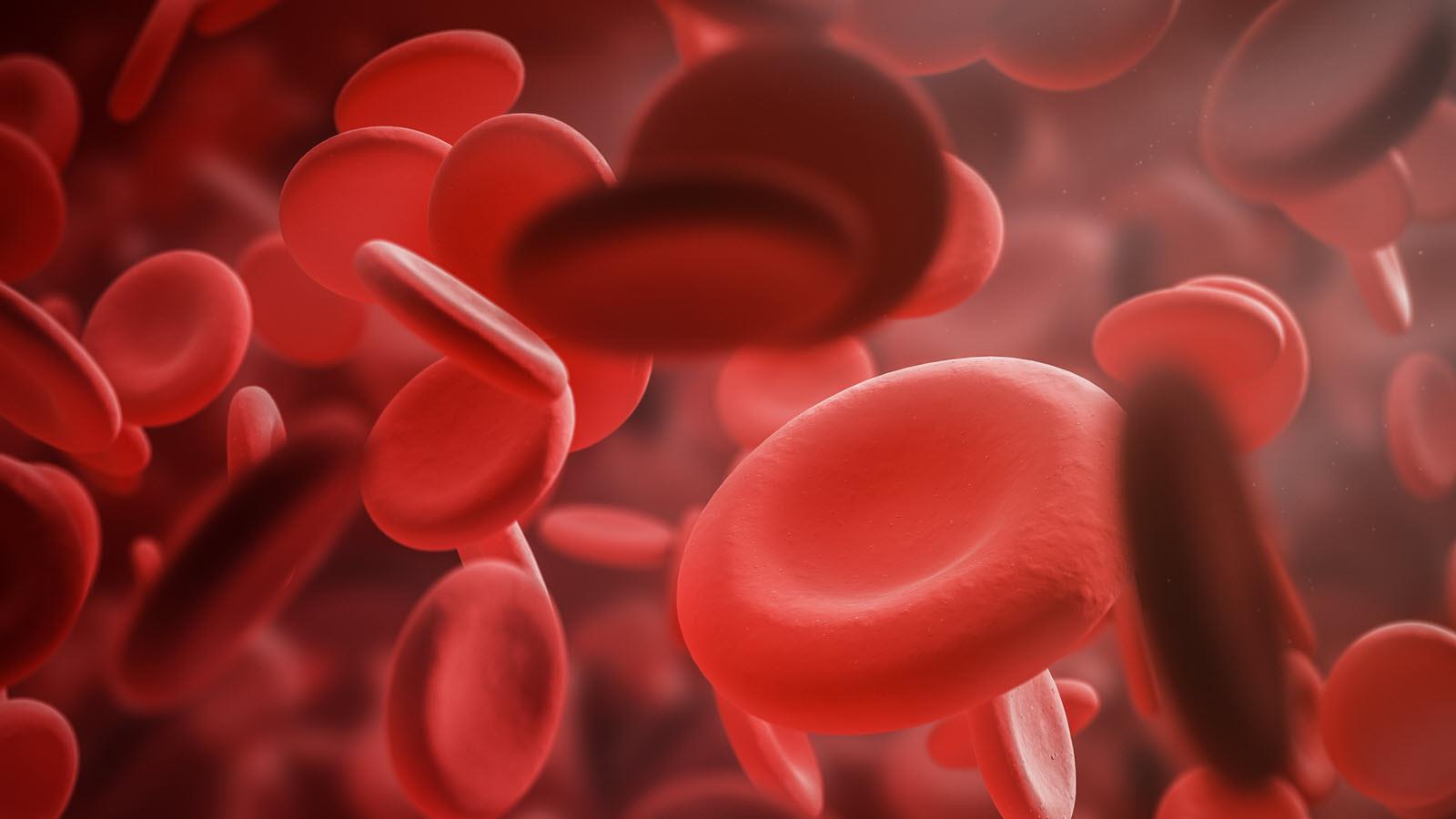CSL Behring is helping patients get the best evidence-based care for their conditions by supporting continuing education for doctors and other health care providers. The recent CSL Behring Academy: ALLCOAG hosted more than 200 delegates from 40 countries and offered a slate 29 speakers who are experts in the diagnosis and treatment of inherited and acquired bleeding disorders.
Offered by CSL Behring’s Intercontinental team, the online gathering just marked its fourth year and covered complex situations, including:
- clinical pathways in high and low-resource situations
- the treatment of inhibitors in patients with hemophilia
- treatment of massive bleeding when it’s not possible to measure which coagulation factor is missing
The CSL Academy has evolved over the years from a face-to-face meeting to a hybrid event with a virtual audience. Through an internet meeting platform, live sessions are digitally recorded and made available on demand for registered health care providers. The goal is to improve the lives of patients, wherever they are in the world, organizers said.
“The educational sessions share best practices across regions to support improvement in diagnosis and treatment of rare bleeding conditions,” said Gunnar Philipp, Senior Director, Medical Affairs for the CSL Behring Intercontinental team. “We are very satisfied with this year’s level of participation. We increased the number of registered delegates and doubled the unique viewers compared to 2020.”
Also this year, world recognized experts shared their experience in the treatment of von Willebrand disease, with a special focus on neglected problems like post-partum hemorrhage and abnormal menstrual bleeding. Participants also discussed how to use the new generation of hemophilia treatment options in low- and middle-income countries and they explored the potential of gene therapy as a treatment.



